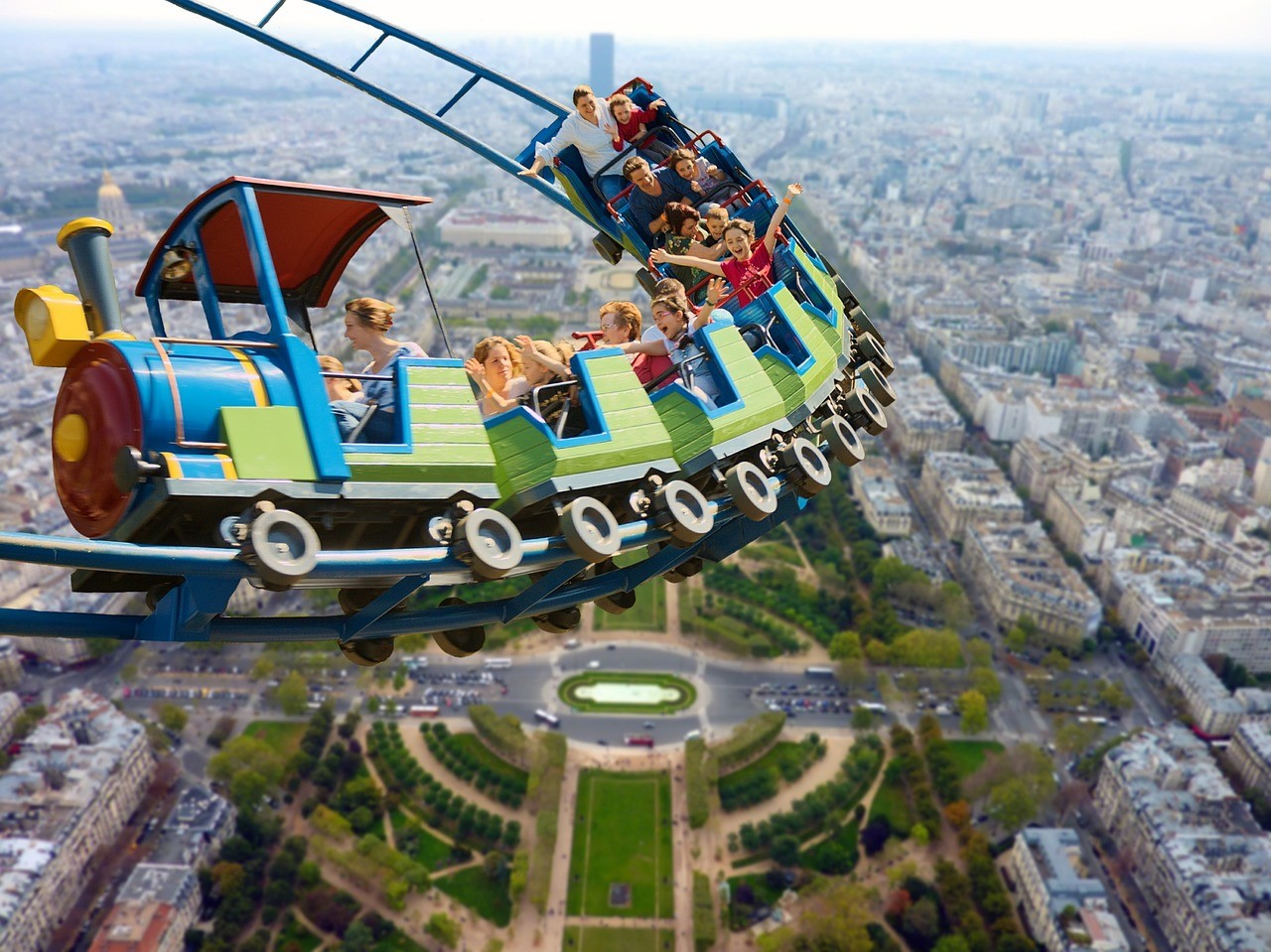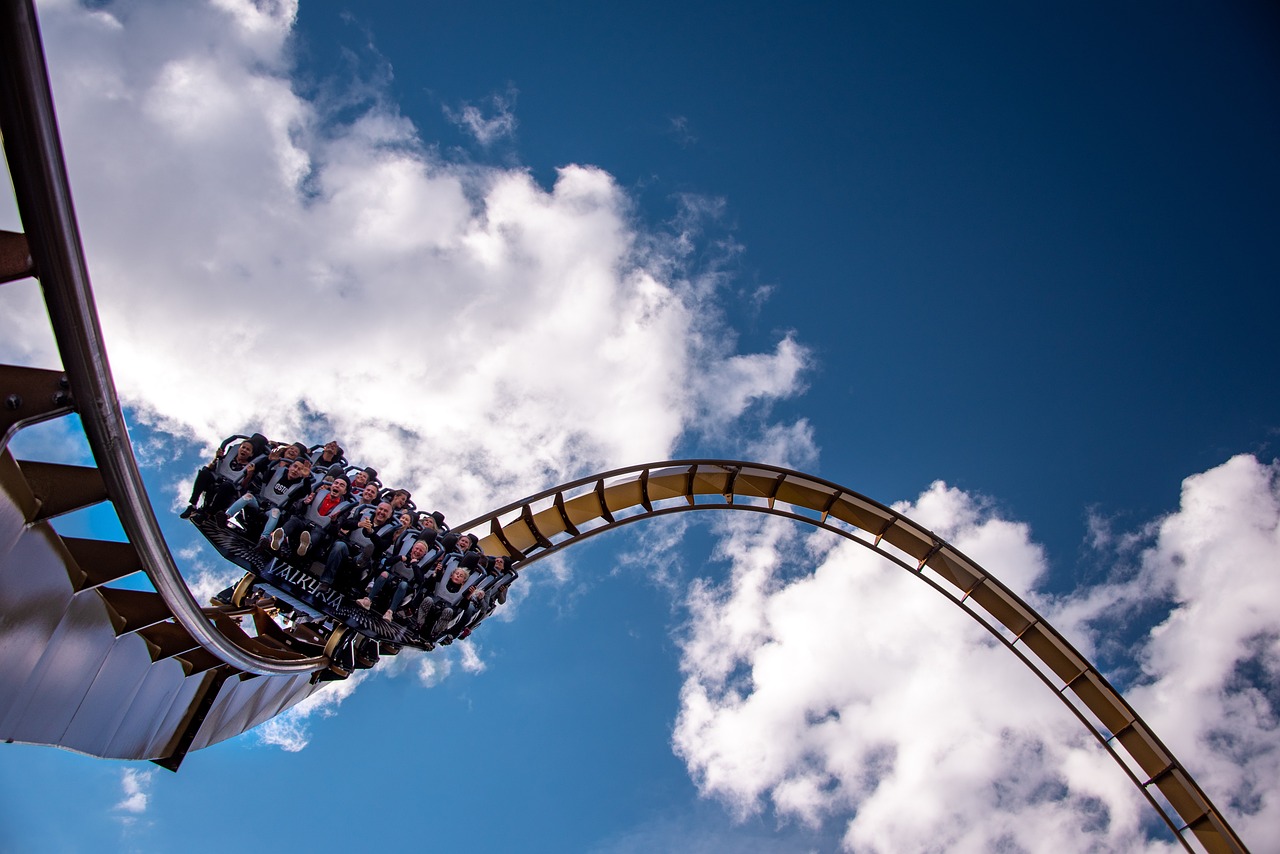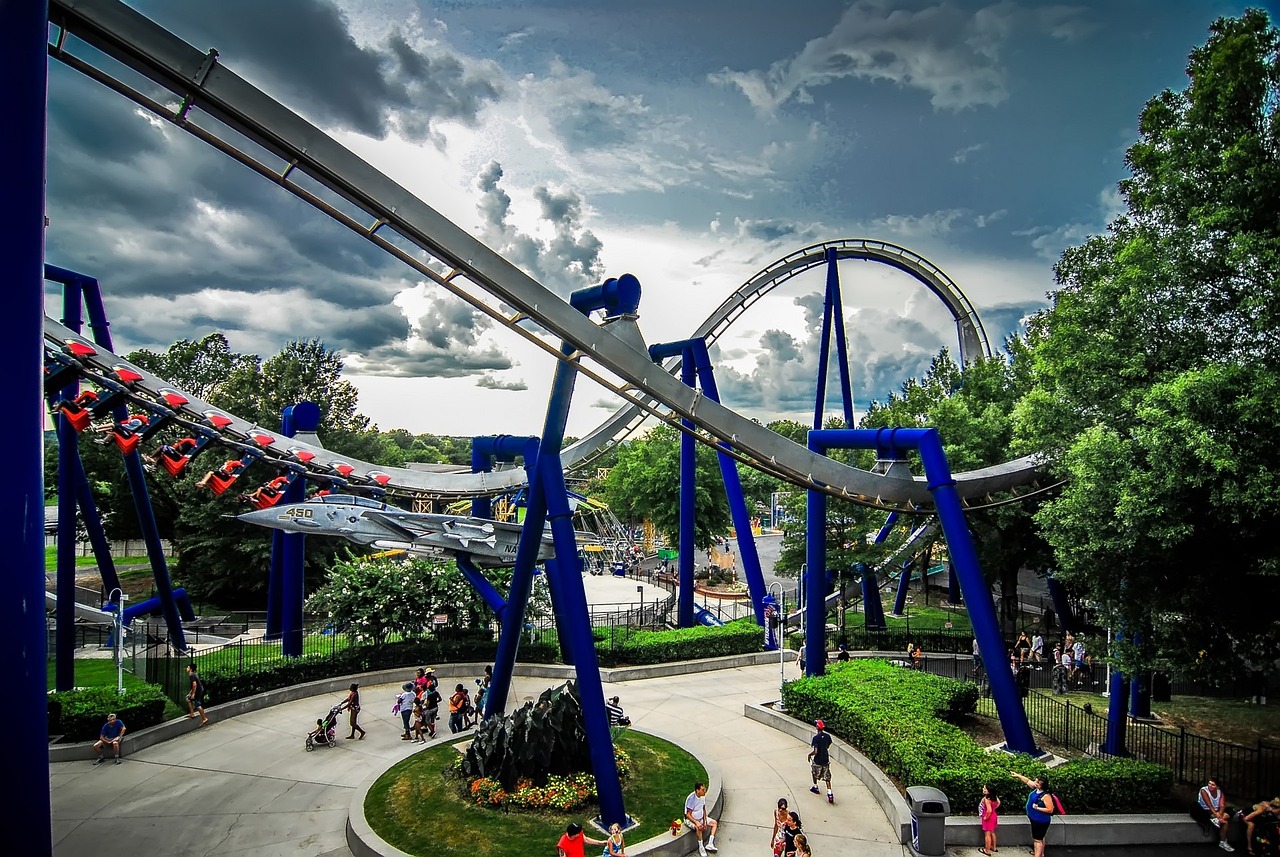
Jun 06,2024 Qiang Li Rides1,092
Did you know? Riding roller coasters can make you smarter, healthier, and happier. Why? Because roller coasters provide an emotional experience known as "fear-joy." This emotion arises from the mixture of tension, fear, excitement, and thrill when facing something scary or dangerous, followed by relief, happiness, and satisfaction when it ends. This experience can relieve stress, boost confidence, and improve quality of life.
How do roller coasters provide this emotional experience? It all started in 17th-century Russia with sleds and wooden slopes creating a ride called "ice mountains" that allowed people to slide down from heights in winter. This attraction was very popular, even with the tsar. Later, it reached France, where wheels were added to sleds for all-season operation, becoming the precursor to modern roller coasters.
From sleds to roller coasters, the biggest changes were speed and height. With technological advances, roller coasters have continuously evolved, featuring various forms and styles. Some allow you to hang upside down, spin, or leap; others simulate scenes and stories from movies or animations; some offer extreme speeds and heights. Currently, the world's tallest roller coaster is at Six Flags Qiddiya in Saudi Arabia, with a peak of 487 meters, equivalent to 160 floors. Can you imagine? It feels like falling from the sky.

How do roller coasters achieve such thrilling effects? It relies on advanced technology involving physics, engineering, mathematics, and art. Here are two examples:
You might think roller coasters run on magic, but they actually run on science. For instance, roller coasters use LSM electromagnetic launch technology, allowing them to reach high speeds quickly without traditional chains or tires, reducing noise and vibration, and enhancing efficiency and stability, preventing chain breaks or derailments. Originally used in high-speed maglev trains reaching 600 km/h, this technology now allows roller coasters to exceed 200 km/h.
You might think roller coasters lack safety guarantees, but they actually have stringent safety measures. For example, roller coasters use an emergency braking system to stop immediately in case of an anomaly, protecting visitors and equipment, and preventing collisions. Initially used in aircraft takeoffs and landings to accelerate or decelerate quickly over short distances, this system is now applied to roller coasters to ensure timely stops in emergencies.
The technology behind roller coasters is amazing and intricate. Who are the creators of these technologies? Who builds these machines? How do they do it? Let’s meet the heroes behind the scenes—creative, dedicated, enthusiastic, and professional individuals.

First, thanks to the designers who create various roller coasters based on different themes and styles. They consider not only the appearance and effects but also safety and comfort, requiring knowledge in physics, engineering, mathematics, and art, using computer simulations, 3D printing, and virtual reality. One famous designer is Werner Stengel from Germany, who designed over 100 types of roller coasters, setting records for height, speed, length, steepness, and rotation.
Next, thanks to the manufacturers who build the roller coasters as per the designers' specifications, ensuring quality and performance, installation, and operation. They need skills in mechanical manufacturing, electrical control, materials science, and quality management, using CNC machines, welding equipment, and testing instruments. One leading manufacturer is Bolliger & Mabillard from Switzerland, producing over 100 types of innovative roller coasters like the first inverted, 4D, and flying coasters.

Lastly, thanks to the operators who cater to visitors’ needs, managing operations and providing guidance and comfort. They need service skills, emergency handling, and psychological counseling, using broadcasting, monitoring, and rescue tools to ensure visitor satisfaction and safety. One of the most popular theme parks is Disney World in Orlando, Florida, with over 50 types of roller coasters, including classics like Mickey Mouse and Friends, Star Wars, and Toy Story. One special ride is “Centennial Fantasy,” designed for Disney’s 100th anniversary, featuring holographic projection technology to showcase Disney’s history and future from 1923 to 2023. This advanced technology creates a 3D experience without glasses or helmets, initially used in movies to make scenes more realistic.
Roller coasters are incredible and fun, offering unparalleled thrills and joy while teaching you valuable and interesting knowledge. So, what are you waiting for? Go experience it! But first, remember: roller coasters are very safe. Despite their perceived danger, statistics show roller coaster fatalities are extremely rare, much less than flying or train accidents. Advanced technology and strict standards ensure safety, and following rules and guidelines further reduces risks.